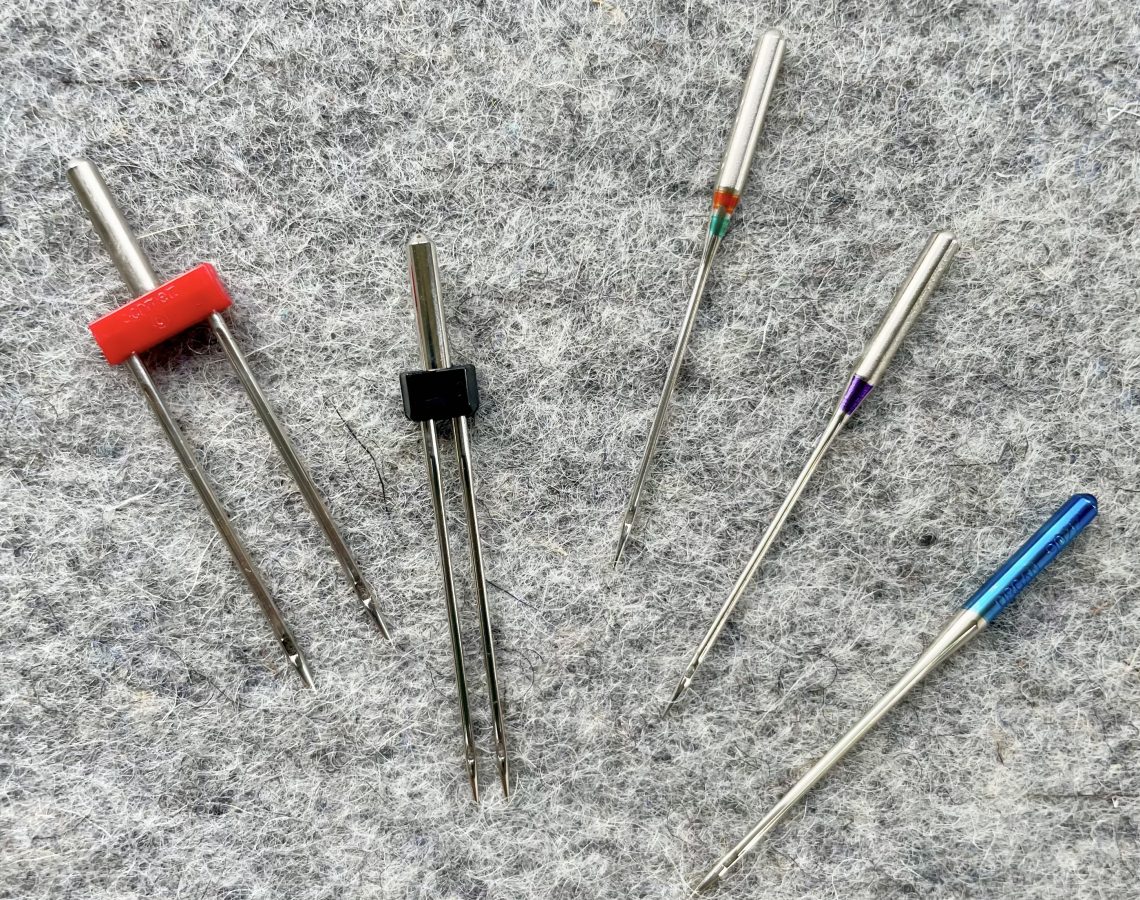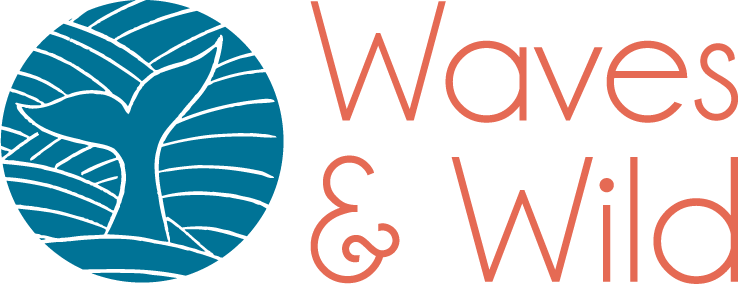How to Choose the Correct Needle

This might not be the more glamorous topic but choosing the correct sewing machine needle for your project is really important. Many frustrations with garment sewing can be solved with either a different type of needle or a new needle. They might all look very similar but they behave so differently and understanding why that’s the case is critical if you want to take your sewing from meh to wow!
Have you ever experienced any of these issues whilst sewing? Tangled thread on the back, skipped stitches, a broken needle, uneven thread tension. Nine times out of ten all of these problems have been caused by using the wrong needle. This might not sound like good news but actually it is because it’s a really easy problem to fix…simply change to the right needle. Of all the sewing supplies that are needed for a project, machine needles are one of the cheapest so I’d recommend, if you are able, to always have a few different types in your stash.
Most common needles for garment sewing:
- Universal – these are the most commonly used needles and, as the name suggests, can be used on a variety of fabrics. But don’t forget the saying Jack of all trades and master of none! Just because they can be used of different fabrics doesn’t mean they’re the right choice.
- Ball Point/Stretch – these have a more rounded tip than a universal needle which means the needle point pushes rather than stabs through the fabric. This is a great when sewing with knit fabrics like cotton lycra, French terry, ribbing etc because the needle doesn’t create as much of a “hole” where your stitches go which means you’ll get less stitch pulling at the seams. Ball Point and Stretch needles are very similar but if you are working with fabrics like power net and more synthetic stretch fabrics then a Stretch needle is a better choice as the needle eye is higher up than usual which helps with skipped stitches when working with stretchy and slippy fabrics.
- Denim/Jeans – these are perfect for any heavier, more densely woven fabrics like denim, tweed, twill and canvas. They are strong and sharp so they can easily push though heavier fabric without bending or breaking.
- Sharp/Microtex – these are slim, strong needles with a sharp point. They work best on projects with several layers as the strength of the needle means it can get through layers without bending or breaking plus the sharp point helps to achieve this by breaking through the surface more easily. The combination of slim and sharp also makes them ideal for finer fabrics or more densely woven fabrics as the needle creates a much small “hole” when forming each stitch.
- Twin – as the name suggests, these are two needles in one. Not all sewing machines are compatible with twin needles so make sure you check your instruction manual before buying any. Use them for hemming/top stitching. They create two parallel rows of straight stitches. They are available with a few different width spacings.
Needle Numbers
As well as thinking about which type of needle you need to use, it’s also important to look at the needle size too. Happily, sewing machine needles have a relatively universal numbering system. The numbers tell you the size of the needle and are written in two parts e.g. ?? / ??. Both numbers actually give you the same information; one shows the European number (most commonly between 60 and 100, increasing in 10s) and the other shows the American number (most commonly between 8 and 16, increasing in 2s). Depending on where you purchase the needles may mean that the order of those two numbers vary but they give you the same information so it shouldn’t matter. The numbering sizing is usually stamped onto the shank of the needle and will also be on the packaging. The bigger the number, the heavier the fabric with which it is intended to be used.
Generally speaking the following numbers would be suitable for these weights/types of fabric:
100/16 – heavy denim, canvas, heavy twill etc
90/14 – linen, thicker knits, corduroy etc
80/12 – quilting cotton, shirting, rayon, cotton lycra etc
70/10 – cotton lawn, voile, silk etc
60/8 – very light weight fabrics, delicate silks, organza etc
The right needle for the right pattern
Now that we’ve talked about needle types and needle sizes, here’s a quick run down of which Waves & Wild patterns would use which needles. I won’t list every single pattern as that would take a long time to read (and write!)! But armed with the information above you should be able to pick the best needle for your project with confidence.
Sweatshirts like the Hot Chocolate and Cottesloe Cowl in French terry… Ball Point needle, size 90/14
Overalls like the HeyDays or Penny Pinny in cord…Denim/Jean needle, size 90/14
T-Shirts like the Cuppa Tee or Eclipse in cotton Lycra…Ball Point needle, size 80/12
Woven shirts like the Dreamer or Sunset, or Sandcastle Bucket Hat in quilting cotton…Universal needle, size 80/12
Fell & Dale Flat Cap in tweed or Hygge in heavy raincoat fabric…Sharp/Microtex needle, size 100/16
Summer Breeze Camisole in voile or silk…Sharp/Microtex needle, size 70/10

Thanks for doing this blog post, I am a beginner and hadn’t really thought about needles… this does likely explain the problems I’ve been having with tangled thread!
Great article explains everything
Thank you!!! This is so helpful
Thanks – I am fairly new to sewing and have never paid much heed to needles. This helps a lot!
Such a great article for new sewers, like me! I’m wondering if used or dull needles can be sharpened? Or better to just toss and replace?
I’m not aware of an easy way to do this accurately and have always just replaced when they become dull.
Thankyou for this post, its so helpful. hopefully my sewing will improve now..